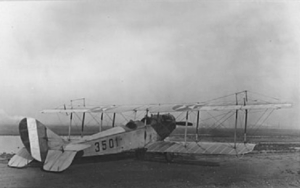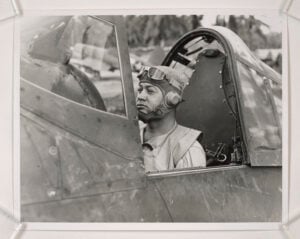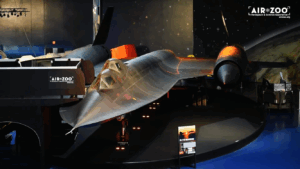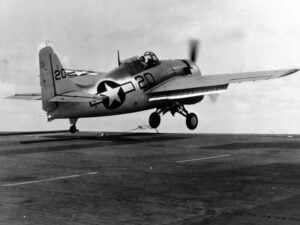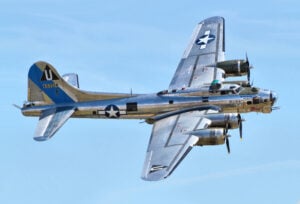The Untold Story of the 3 WWII ‘Ghost Squadrons’ That Disappeared Without a Trace
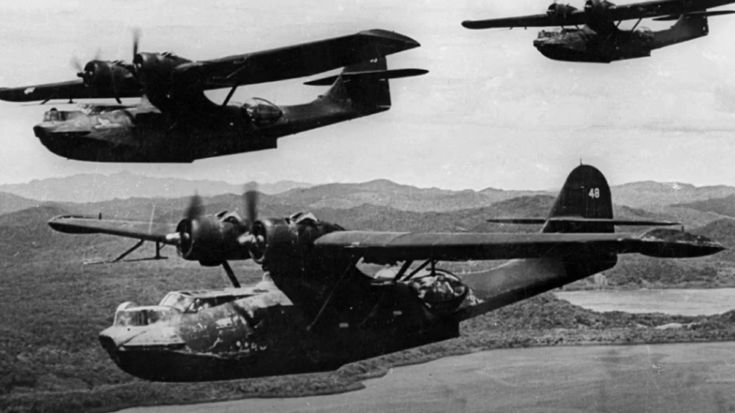
The Aviation Archives / YouTube
Vanishing in the Fog of War
During the Second World War, millions of lives were lost across continents and oceans. Among those tragedies were a few that defied all reason—aircraft and their crews that simply vanished without a trace. These weren’t famous crashes or well-documented battles. They were missions that ended in silence, with no wreckage, no distress call, and no explanation. For more than eight decades, these disappearances have remained among the most haunting mysteries of wartime aviation—stories of what became known as the “ghost squadrons.”
The scale of the war meant thousands of aircraft were lost to enemy fire, mechanical failure, or navigational mistakes. Yet in most cases, the remains were eventually found, or a final transmission provided some clue. But a small number of losses defied even the most thorough searches. Entire squadrons would take off on routine missions and never return, leaving their comrades waiting for planes that would never appear on the horizon again.
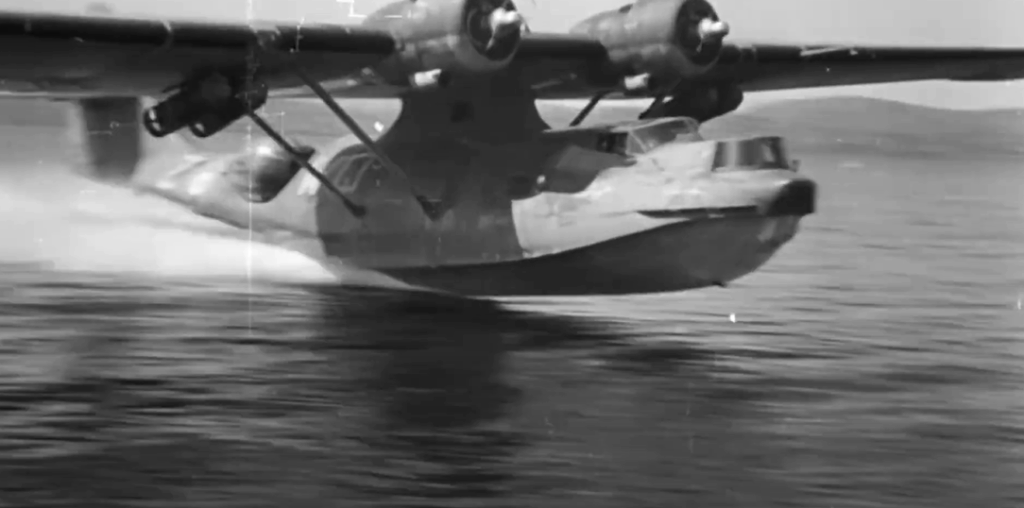
The Aleutian PBY-5A Catalina
One of the earliest cases occurred in the harsh Aleutian Islands, a chain of volcanic rocks stretching through the North Pacific. In December 1942, a U.S. Navy PBY-5A Catalina patrol bomber took off from Adak Island with a crew of twelve. Its task was simple—search for Japanese submarines or ships that might have entered the area. The weather was freezing and unpredictable, but the crew was experienced, and the Catalina was designed for endurance.
At 10:45 a.m., the plane made a routine radio call. Moments later, it went silent. Search teams scoured the Bering Sea for weeks. No oil slick, no debris, not even a single life raft was ever recovered. The Catalina and her twelve-man crew vanished completely, erased by the elements. The frigid waters and volatile weather of the North Pacific were unforgiving, but the total absence of evidence left the Navy baffled.
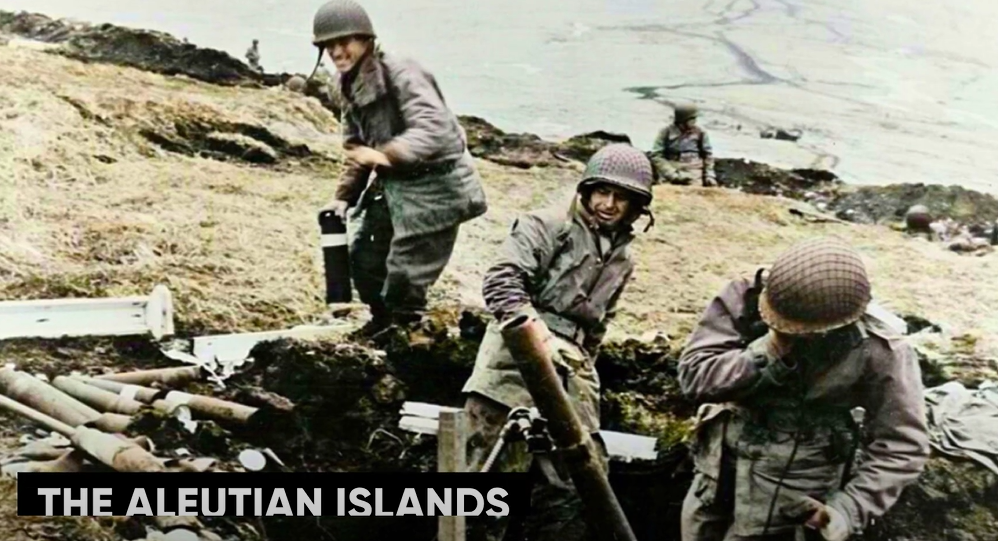
The Liberator Formation Over the Pacific
Three years later, in August 1945, another disappearance stunned the Seventh Air Force. Three B-24 Liberator bombers departed from Tinian Island for a strike on Japanese positions in the Philippines. The bombers, flying in formation for safety and navigation, entered a tropical storm en route. Ground control lost contact soon after.
Search planes found no trace—no floating wreckage, no radio transmissions, and no survivors. The vast Pacific may have simply swallowed them whole. Some theorized that the heavy bombers collided in the blinding rain, while others believed they were torn apart by violent downdrafts. Whatever the cause, the ocean kept its secret. For the families waiting on Tinian, it was as if the planes had flown into another world.
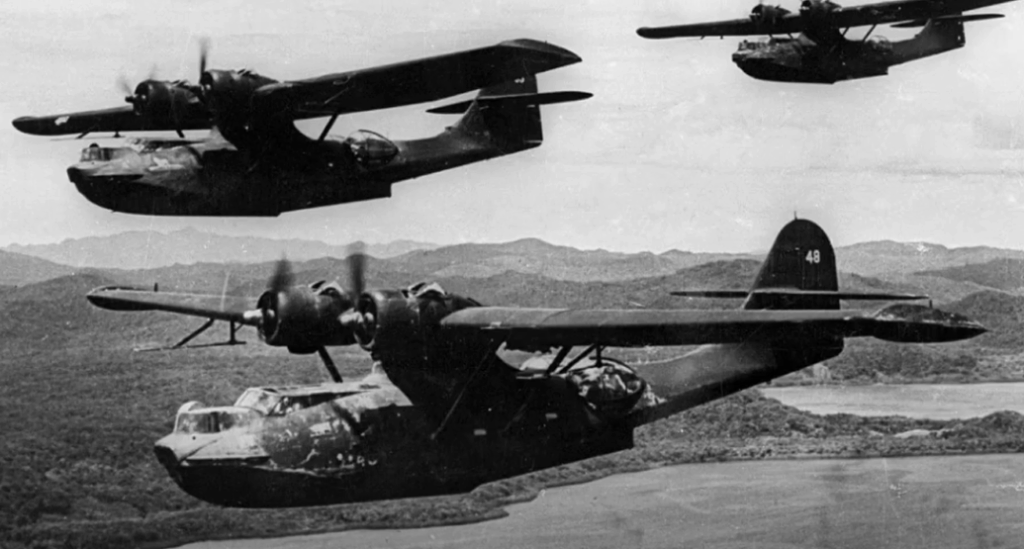
The B-17 Bermuda Precursor
Perhaps the most baffling case took place in June 1942, when a U.S. Army Air Forces B-17 Flying Fortress vanished just 65 miles from Puerto Rico. The aircraft had been on a ferry flight from Florida to the Caribbean. The weather was clear, and the crew reported normal conditions as they neared their destination. Then, the radio went silent.
This disappearance happened near land, in a well-traveled region—not over the remote Pacific. Despite days of searching, no wreckage or oil slick was ever found. The official report suggested mechanical failure, but investigators could not explain why nothing surfaced in such a concentrated area. This case occurred years before the famous “Flight 19” mystery, yet it shared the same eerie circumstances—a routine mission that ended in total disappearance.
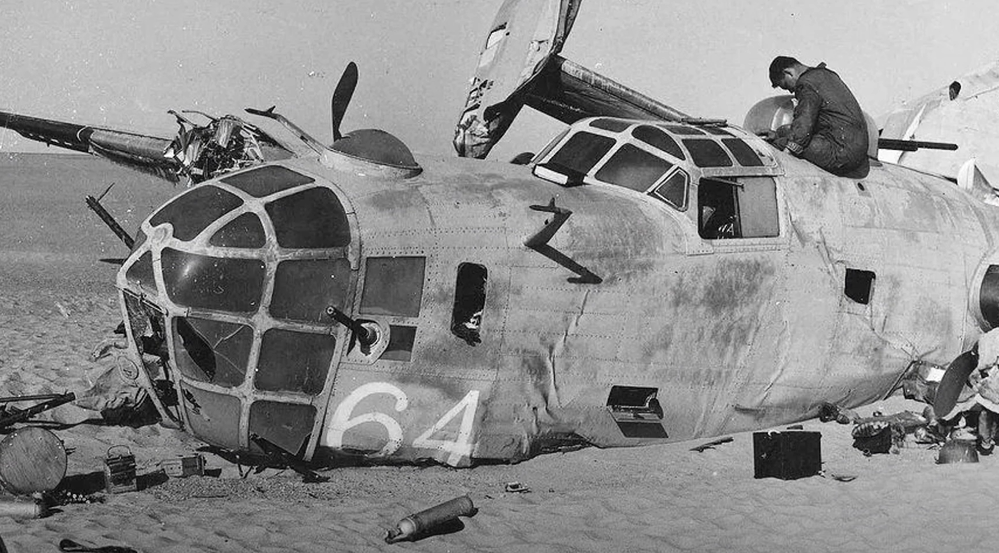
The Enduring Enigma
What truly happened to these aircraft? Theories range from weather and fuel miscalculation to catastrophic failure in remote areas. The oceans, with their vast depths and shifting currents, have hidden these answers for more than eighty years. For every wreck found decades later, others remain forever missing—silent reminders of how much of history still lies beneath the waves.













